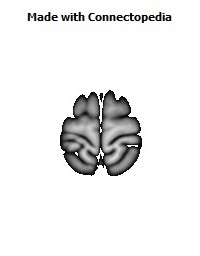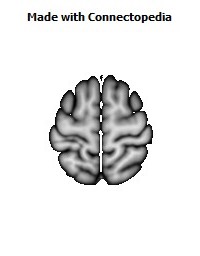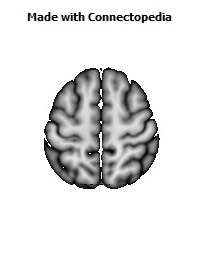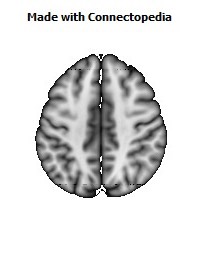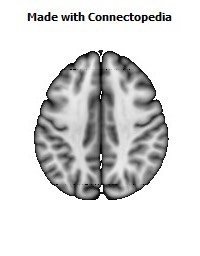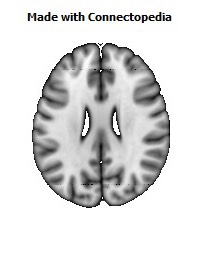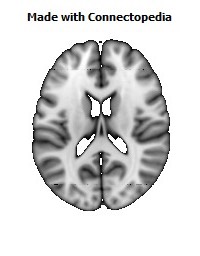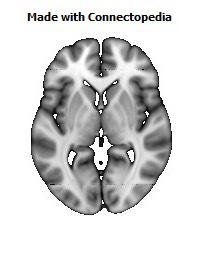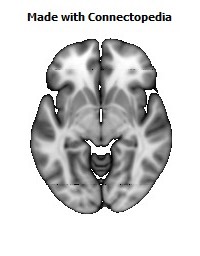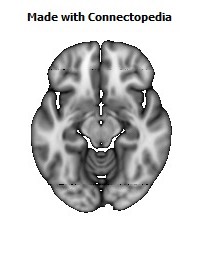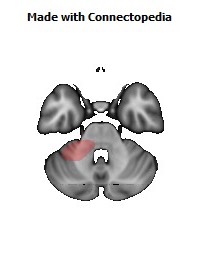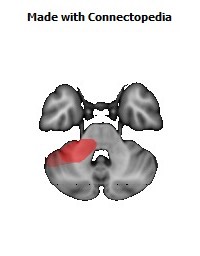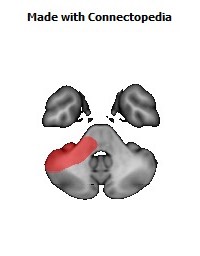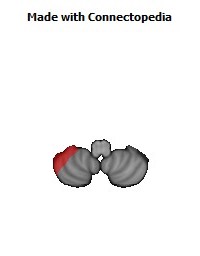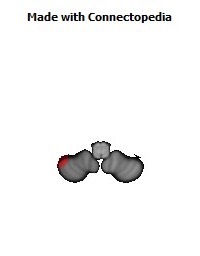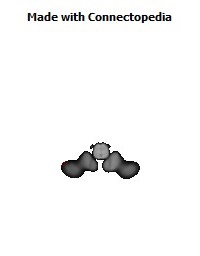

The anterior inferior cerebellar artery (AICA) is an artery in the brain that supplies part of the cerebellum.
It arises from the basilar artery at the level of the junction between the medulla oblongata and the pons in the brainstem. It passes backward to be distributed to the anterior part of the undersurface of the cerebellum, anastomosing with the posterior inferior cerebellar branch of the vertebral artery. It supplies the anterior inferior quarter of the cerebellum.
It also gives off the labyrinthine artery in most cases; however, the labyrinthine artery can emerge as a branch of the basilar artery in others.
Clinical significance
Occlusion of AICA results in lateral pontine syndrome, also known as AICA syndrome. The symptoms include sudden onset vertigo and vomiting, nystagmus, falling to the side of the lesion (due to damage to vestibular nuclei), ipsilateral loss of sensation of the face (due to damage to principal sensory trigeminal nucleus), ipsilateral facial paralysis (due to damage to the facial nucleus) and ipsilateral hearing loss and tinnitus (due to damage to the cochlear nuclei).







